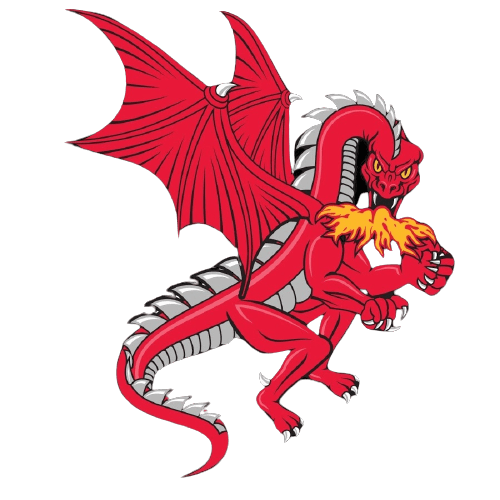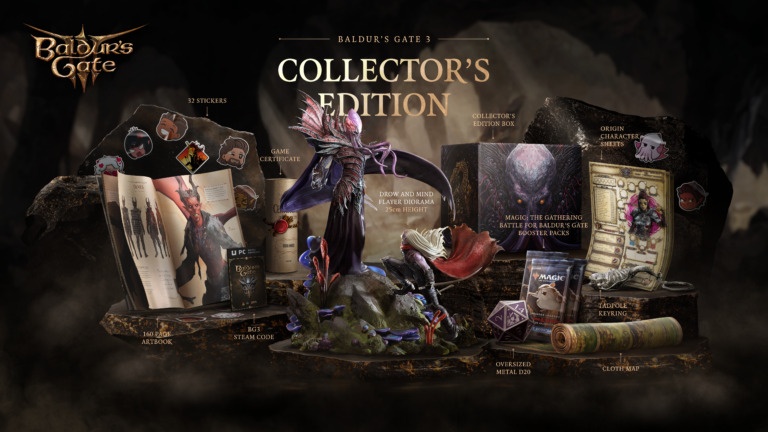The Dhampir: A Lineage Between Worlds in Dungeons & Dragons
The world of Dungeons & Dragons is filled with fascinating races, each with its own unique flavor. Among them, the dhampir stands out as a compelling figure, caught between the realms of the living and the undead. Born from the union of a vampire and a mortal, dhampirs inherit a sliver of their progenitor’s dark power, making them both blessed and cursed. This duality makes them a captivating choice for players seeking a character with a touch of the macabre.
A Bloodline’s Burden and Boon:
Dhampirs aren’t fully vampires. They don’t suffer the same weaknesses, like sunlight aversion or the need for constant blood. However, they do possess a unique connection to negative energy and a thirst for life force, though it manifests differently than a vampire’s hunger. This thirst can be a driving force for their character, a constant reminder of their dark heritage and a source of inner conflict.
Physical Characteristics:
Dhampirs often possess an unnatural beauty or unsettling allure. They might be unusually pale, have striking eyes that glow faintly in the dark, or possess an almost preternatural grace. While they don’t possess fangs in the traditional vampire sense, their teeth might be slightly sharper than normal. These subtle hints of their vampiric parentage often set them apart from ordinary mortals.
Abilities and Traits:
Dhampirs in D&D 5th Edition (as presented in Van Richten’s Guide to Ravenloft) have several distinct traits:
Superior Darkvision: They can see exceptionally well in darkness, a gift from their undead ancestor.
Spider Climb: Dhampirs can climb difficult surfaces with ease, granting them impressive maneuverability.
Fangs: While not as prominent as a full vampire’s, a dhampir can use their fangs in a bite attack, draining a creature’s life force and temporarily empowering themselves.
Healing Surge: They possess an accelerated healing ability, reflecting their connection to life force.
Roleplaying a Dhampir:
Playing a dhampir offers rich opportunities for roleplaying. Consider these aspects:
The Struggle with Heritage: How does your dhampir cope with their vampiric blood? Do they embrace it, reject it, or try to find a balance? This internal conflict can be a central theme of their story.
The Thirst: How does your dhampir manage their thirst for life force? Do they control it through discipline, or does it occasionally threaten to overwhelm them?
Relationships with Others: How do other races and individuals react to your dhampir? Are they feared, distrusted, or perhaps even admired for their unique abilities?
Moral Ambiguity: Dhampirs often walk a fine line between light and darkness. Their struggle with their nature can lead to interesting moral dilemmas and choices.
Dhampir in Different Settings:
While dhampirs are a natural fit for gothic horror settings like Ravenloft, they can be compelling characters in any D&D campaign. Their unique abilities and internal struggles can add depth and complexity to any story. Imagine a dhampir paladin, struggling to reconcile their divine oath with their dark heritage, or a dhampir rogue, using their abilities to hunt down truly monstrous creatures.
Conclusion:
The dhampir is a fascinating race that offers players a chance to explore themes of duality, heritage, and the struggle between light and darkness. Their unique abilities and compelling backstory make them a memorable and engaging choice for any D&D campaign. If you’re looking for a character with a touch of the macabre and a compelling internal struggle, the dhampir might be the perfect choice for you.
Discover more from DDO Players
Subscribe to get the latest posts sent to your email.




Leave a Comment